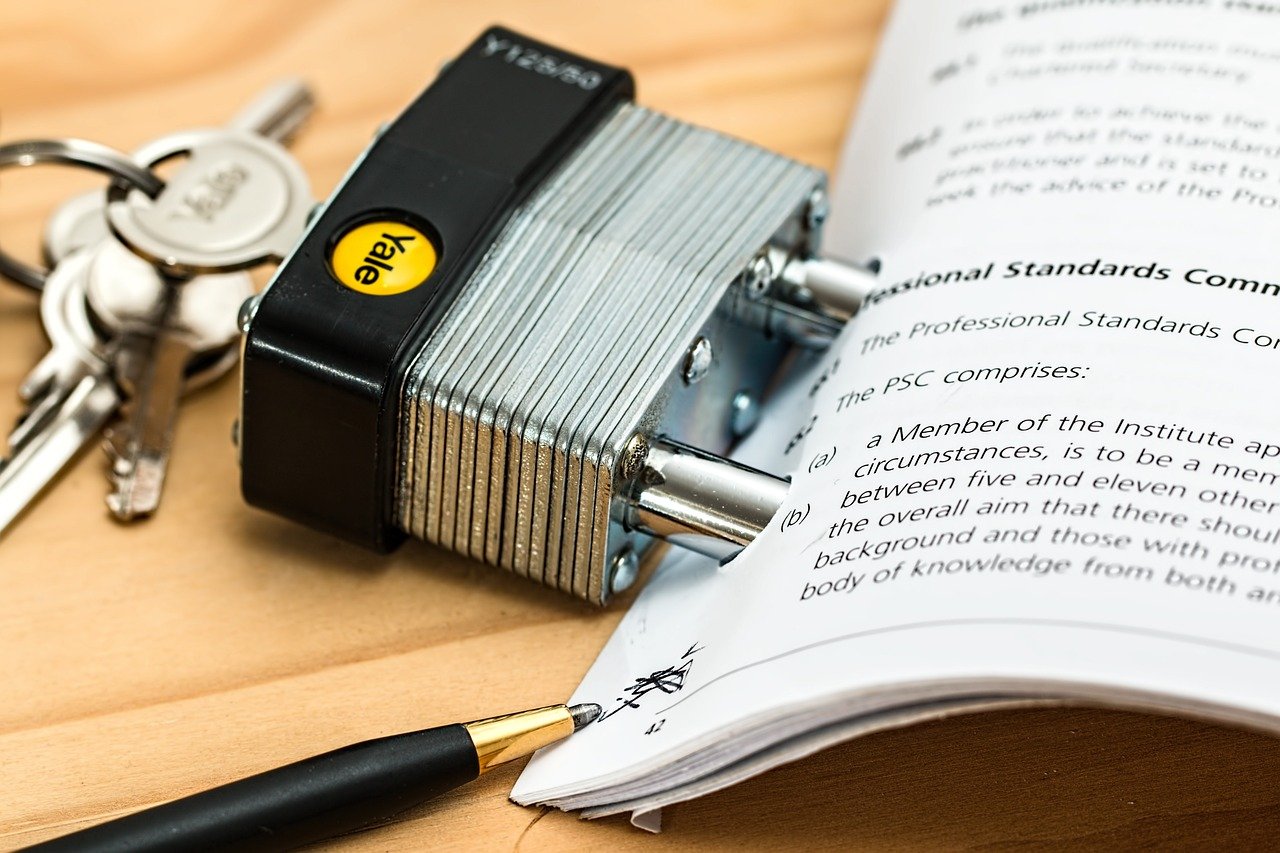The global pandemic of COVID-19 should be a time for increased provision for home birth, not more railroading of pregnant women into hospitals.
As COVID-19 has moved into large and small communities of the UK, hospitals no longer seem the safest place for giving birth. Pregnant women are highly risk averse, and before considering the shortage of personal protective equipment (PPE), the fact that hospitals are a place for the sick has concentrated women’s attention on the issue. Childbirth, in fact, is the only occasion that perfectly healthy women with a perfectly normal pregnancy attend hospitals as a ‘patient’ as if they are unwell.
Midwives working under normal conditions typically care for several women at a time on a maternity ward, so these two factors increase the hazard that a midwife may become a vector of COVID-19. In ordinary times healthcare-acquired infections such as clostridium difficile, MRSA, and most frequently, respiratory illnesses which account for 22.8% of 300,000 health-care associated infections annually in England are a serious concern for Public Health England. With COVID-19 being a respiratory illness and more contagious than influenza there are obvious reasons many women are prudently reassessing their decisions to attend a hospital.
Social media boards are alive with women saying that their trusts have closed the home birth service at a time when women and society needs them the most, as described by one midwife who has experienced SARS in Canada. Women who have already planned home births are now finding that many health trusts are closing their home birth service even though it is a statutory service in the UK. This move is not unprecedented; home birth services are frequent early casualties in any crisis, real or perceived, and once the service has been removed it is very difficult to reinstate. The common reason given for removing home birth services is that the unprecedented demands on the midwifery services are compelling hospitals to keep all their midwives in consultant led units where ‘they are most needed’. Likewise, this overused excuse will be at the core of these decisions, even though the NHS’s own robust study has shown that this decision is based on a fallacy – the perception in the public mind that home birth is a ‘luxury’ and that women are either selfish or foolish, only wanting a home birth for the ‘experience’ even at the cost of the safety of themselves and their unborn baby. They never entertain the idea that a woman may have researched her options carefully and concluded that this is safer for her set of circumstances.
According to the Birthplace Study (2011) home birth is at least as safe or marginally safer than hospital birth for women who have had at least one previous birth. For primigravida (first pregnancy) women, a marginal raised risk exists due to as yet unstudied confounding factors. This may include, but is not limited to, an increased rate of transfer to hospital either before labour commences or during or after her baby’s birth. Women who decide to birth at home – wherever birth eventually occurs – experience lower rates of physical injuries including cesarean section, episiotomy and vaginal tearing, and lower rates of psychological conditions such as postnatal depression and post traumatic stress disorder. They also establish breastfeeding at higher rates than women who birth in hospitals. Breastfeeding and physiological birth are shown to have advantages for both mother and baby throughout their lives and into old age. Dahlen (2016; p.7) states that, “the evidence is now so strong on this issue that one could consider it unethical not to offer all women this model of care”. In a crisis such as the current pandemic, which is connected to climate emergency, home birthing and breastfeeding will be more advantageous for the mother and baby but also for the wider society. This COVID-19 pandemic is the time to expand rather than restrict home birth services. This restriction is more evidence that hospitals with their overworked midwives and consultants, routines, protocols and hazards are privileged over women’s knowledge that this is possibly the worst time in the UK to give birth in a hospital.
Ironically, hospital trusts have a legal duty of care to honour a woman’s decision to birth at home. It further reinforces the status quo in birth where consultant led maternity units are awarded the default option. Women’s decisions concerning their own health, their own lives, and the life of their babies are further marginalised in the most female of all activities. Were women prioritised, hospital trusts would be honouring every home birth request in the time of pandemic. Hospital-based midwives would accompany home birth midwives to accommodate more instead of fewer home births.
In response, many women are expressing the intention to birth without a midwife, that is to have an unassisted birth, due to the withdrawal of home birth services. Pregnant women have been shown to be more risk averse than other adults and factors beside the biological one frequently include previous negative hospital births such as poor birth outcomes and postnatal care, obstetric violence resulting in postnatal anxiety and or depression, and birth trauma resulting in post traumatic stress disorder. With families now in quarantine, some women desire to remain at home near their families for obvious health reasons, mitigated by the lack of carers who can attend older children in their absence. The real fear of contracting COVID-19 in a hospital is now layered upon the additional fears of consultant led birth care in understaffed units. It is therefore a complex and overlapping number of reasons that women want to stay home. The birth decisions women make during this crisis and beyond are, will be, and always have been their right to make without fear of guilt or shame, regret or recrimination. Their families and wider community must give her the space and information to decide for herself and support her decisions. It is time for women to write the future of birth for themselves and their daughters.
Women are the only primates who move from their safe places, colonised by their familiar microbes, to a busy place with bright lights, unfamiliar faces, and more infective microbes. She must adapt before birth feels safe enough to progress. Rather than institutional care making women safer, it is a testament to the robustness of birth and the power of women that women successfully birth away from home without more frequent negative outcomes. It is the primordial knowledge, stored in our body, that home is the safest place that is now reasserting itself from deep within the instinctive brain structures of the hypothalamus and the amygdala that are telling women to stay home.
From childhood, news reports, education and community standards, and health care representatives have conditioned women to fear birth and therefore perceive that the safest place to give birth is in a hospital. As a consequence, women have accepted the surveillance of a healthcare professional ‘just in case’ something goes wrong. This attitude becomes a self fulfilling prophecy as Amali Lokugamage, a Fellow of the Royal College of Obstetricians and Gynaecologists and a consultant obstetrician and gynaecologist, explains. Medical staff, traumatised by witnessing and assisting births with poor outcomes, continue to work without statutory access to trauma debriefing and intervene unnecessarily ‘just in case’ a birth goes bad. These interventions become translated in common discourse as ‘if I wasn’t in hospital I (my baby) would have died.’ It is rare to hear, ‘If I (my partner) had stayed at home the outcome would have been better’, yet the statistics bear this out over many recent and historical studies detailed by Beverly Beech. The trauma of COVID-19 (we are all traumatised by the uprooting of our norms) has torn away the veil from the eyes of many women. In the time of COVID-19 the benefit vs hazard balance between hospital and home has been dramatically altered, possibly forever.
Women will continue to register their resistance by deciding to birth outside the obstetric model that they are increasingly being proffered as the only option during this crisis. Many will discover that birthing without medical professionals is entirely within their capabilities. For those pregnant women who would otherwise never entertain this scenario, there is time to reach out to online communities of mothers to replan your birth.
Definitions
Obstetric Violence: the violations of human rights which occur while a woman is pregnant, in labour, and shortly after giving birth. It includes coercion to accept unnecessary procedures, physical assault or battery by treatment that is forced upon a woman, and dehumanising actions such as threats to withdraw treatment or support, denying support or treatment, belittling a woman’s lived experiences, and ignoring her requests for assistance.
Unassisted birth is birthing without a health care professional in attendance. In the UK this occasionally occurs unintentionally and is registered as ‘Born Before Attendance’ (of a midwife) or ‘BBA’. Some women actively choose to birth without a midwife in attendance, calling for assistance just after or when birth is imminent intending that the midwife will arrive just after the birth, and sometimes called an ‘oopsy birth’. Some unassisted births have coercion, fear of surveillance by authority figure(s), and previous trauma as contributory factors but some unassisted birth decisions are made entirely by a free intention to plan and prepare and are independent of fears. This latter type is typically referred to as a freebirth though it is sometimes used as a synonym of unassisted birth.
Yolanda Forster is a linguist who volunteers with women. She can be reached at waterlilyediting@gmail.com.








Article Discussion